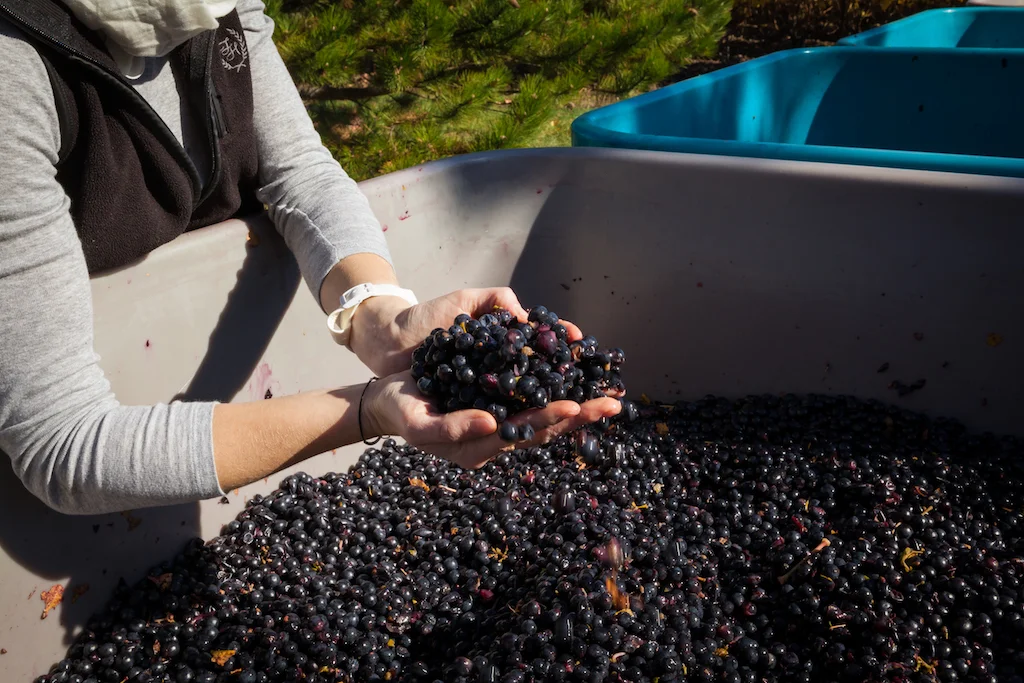Wine Wednesday - Pink is the New Red...or it is the New White…?
/Rosé is the chameleon of wine. It can be structured and tannic satisfying a red wine lover or pale and delicate pleasing the palates of those who only drink white. In Niagara, made from myriad different red grapes – Pinot Noir, Gamay, Syrah, Cabernet Franc, Cabernet Sauvignon – rosé can have soft, fruity characteristics or savoury and spicy notes. It is always a great dance partner for food, with acidity and freshness being qualities almost all rosé wines possess. What’s not to love about this blushing beauty?
Here’s the scoop on how it is made, usually in one of these three ways:
1) Limited skin contact or maceration: a process during which red wine grapes are left in the pressed juice for a period of time and afterward the entire batch of juice is finished into a rosé wine. The period of skin contact (sometimes just a couple of hours and sometimes a full day) will determine not only the colour of the wine, but also the structure (longer skin contact generally results in a wine with more tannins extracted from the grape skins).
2) “Saignée” or bleeding: not as Medieval-torture-like as it sounds, this method sees some of the juice “bled” off during the first few hours of making a red wine (before it has extracted much colour from the grape skins) and then put into a new barrel or tank to make rosé. This method is very common in wine regions that make fine red wines and provides a benefit to those reds, as bleeding not only produces a lovely rosé but it also concentrates the red wine’s intensity. Everyone wins.
3) Blending: is just what it sounds like, a little bit of red wine is added to white wine to make rosé. This method is uncommon with still rosé wines but is used in making sparkling wine such as rosé Champagne. As it does not take much red wine to make white wine pink, there is usually less than 5% red wine in this type of rosé.
Now that you know how it’s made, let’s talk about what you can eat with rosé – and that’s pretty much everything! As mentioned above, rosé is incredibly versatile. Some of the more structured wines are great paired with grilled pork, lamb, burgers or roasted chicken or turkey. On the lighter side, dry rosé is perfect with steamed crab or lobster, grilled fish, charcuterie and tapas. Rosé can often have some lovely green or herbaceous notes, making it a great complement to salads (think Niçoise or a summer salad with fresh strawberries) and other vegetarian dishes. It is also perfect on its own with friends on summer afternoon, great as an aperitif when it has just a touch of sweetness.
Niagara rosé comes in many delicious styles. You can find many rosé wines at the LCBO, but it’s always worth the drive to wine country to find your perfect pink partner for summer!
Anjana Viswanatha [Sommelier CAPS, CMS] is the founder and principal of Wednesday Night Wine (www.wednesdaynightwine.ca), a wine instructor at George Brown College and is the Marketing Manager for Wineries of Niagara-on-the-Lake (www.winieriesofniagaraonthelake.com, @niagarawine on Twitter and Instagram, @wineriesofniagaraonthelake on Facebook). Get in touch with Anjana: anjana@wednesdaynightwine.ca and follow her on Instagram @wednesdaynightwine.













